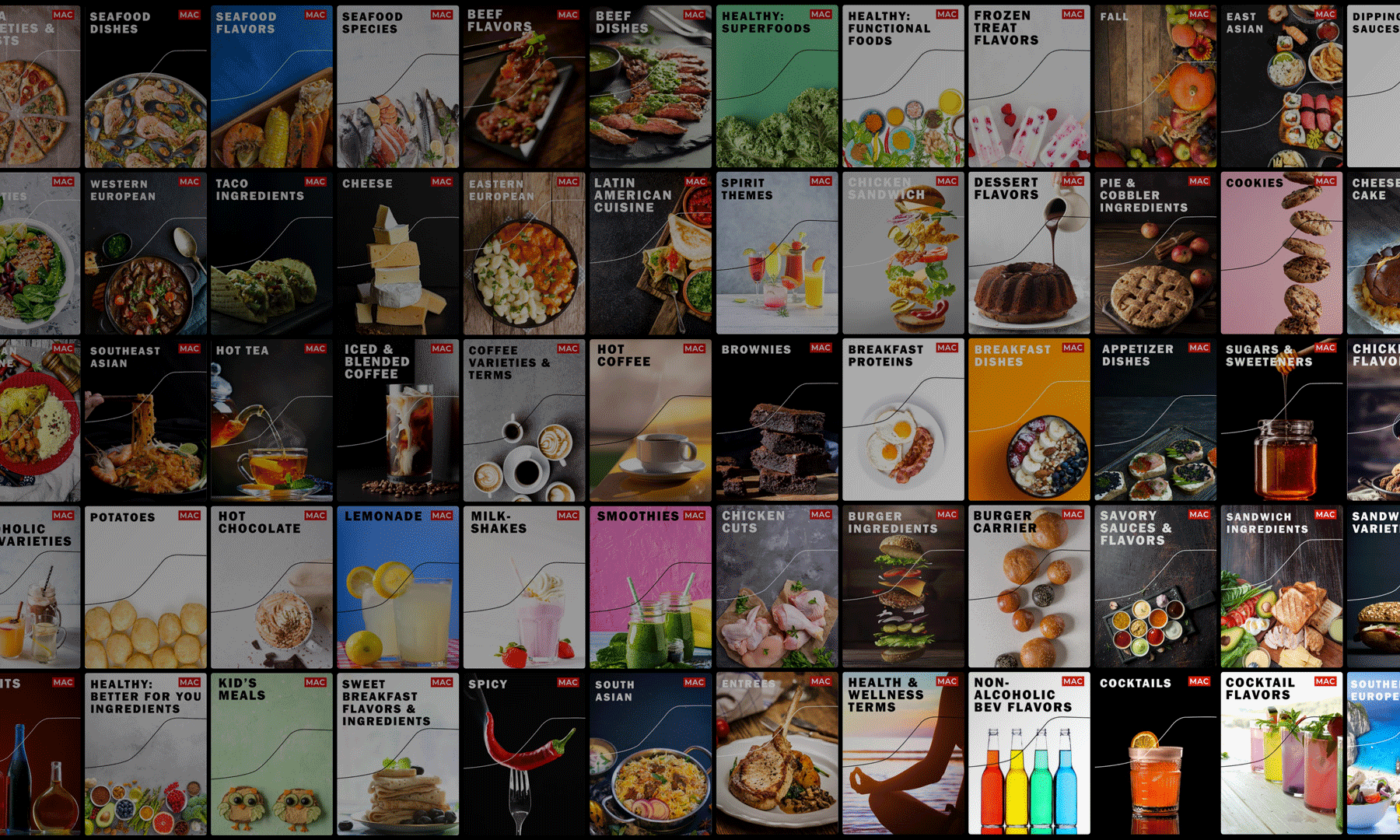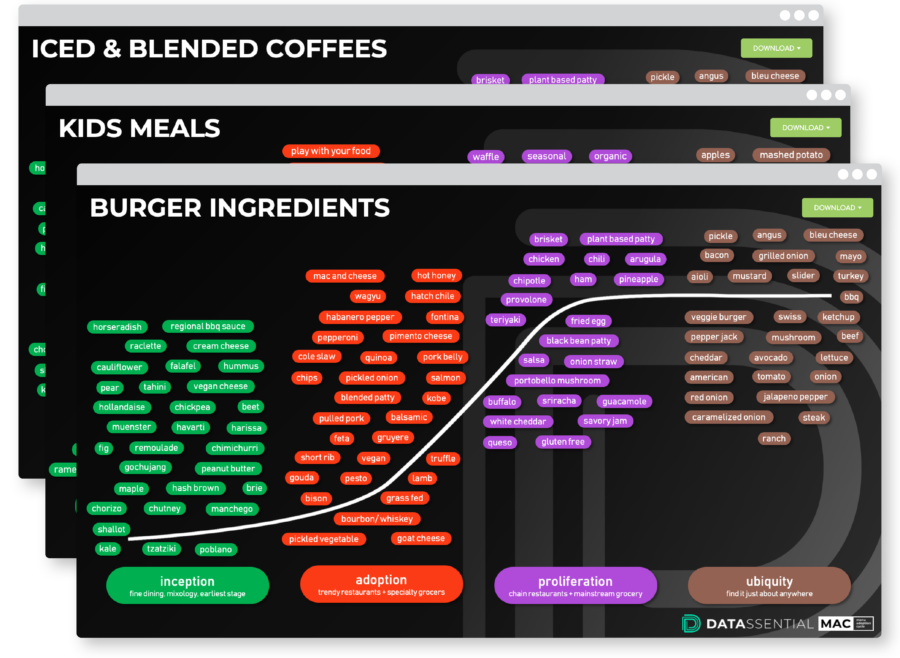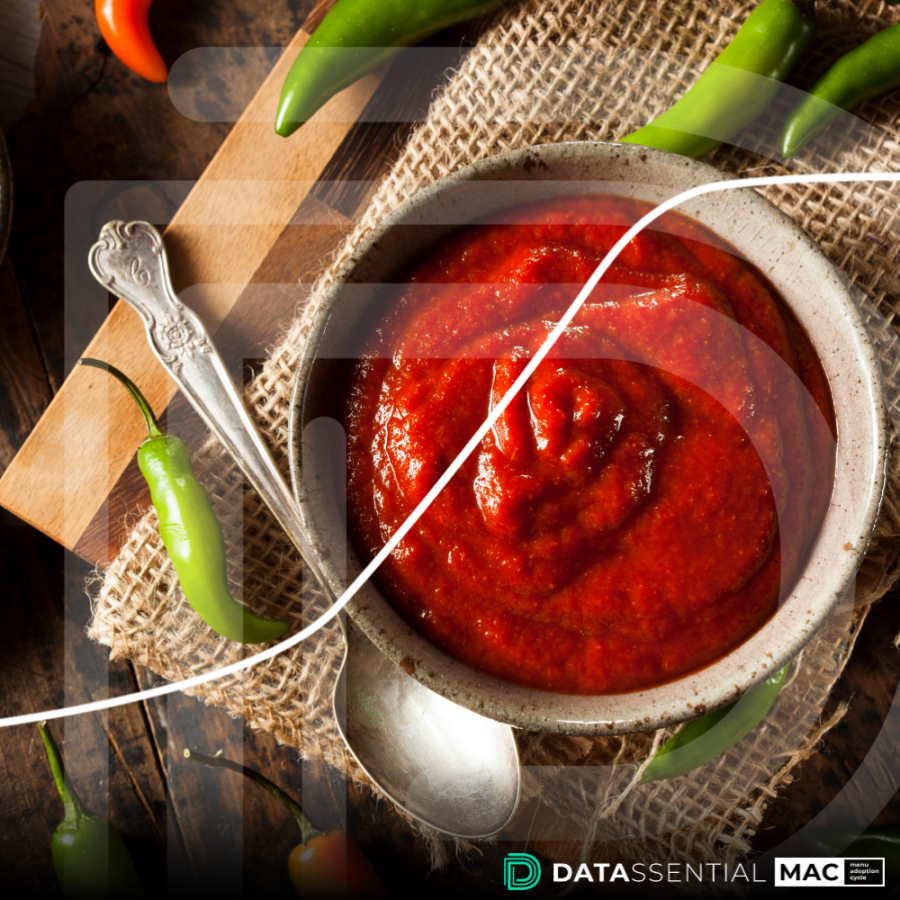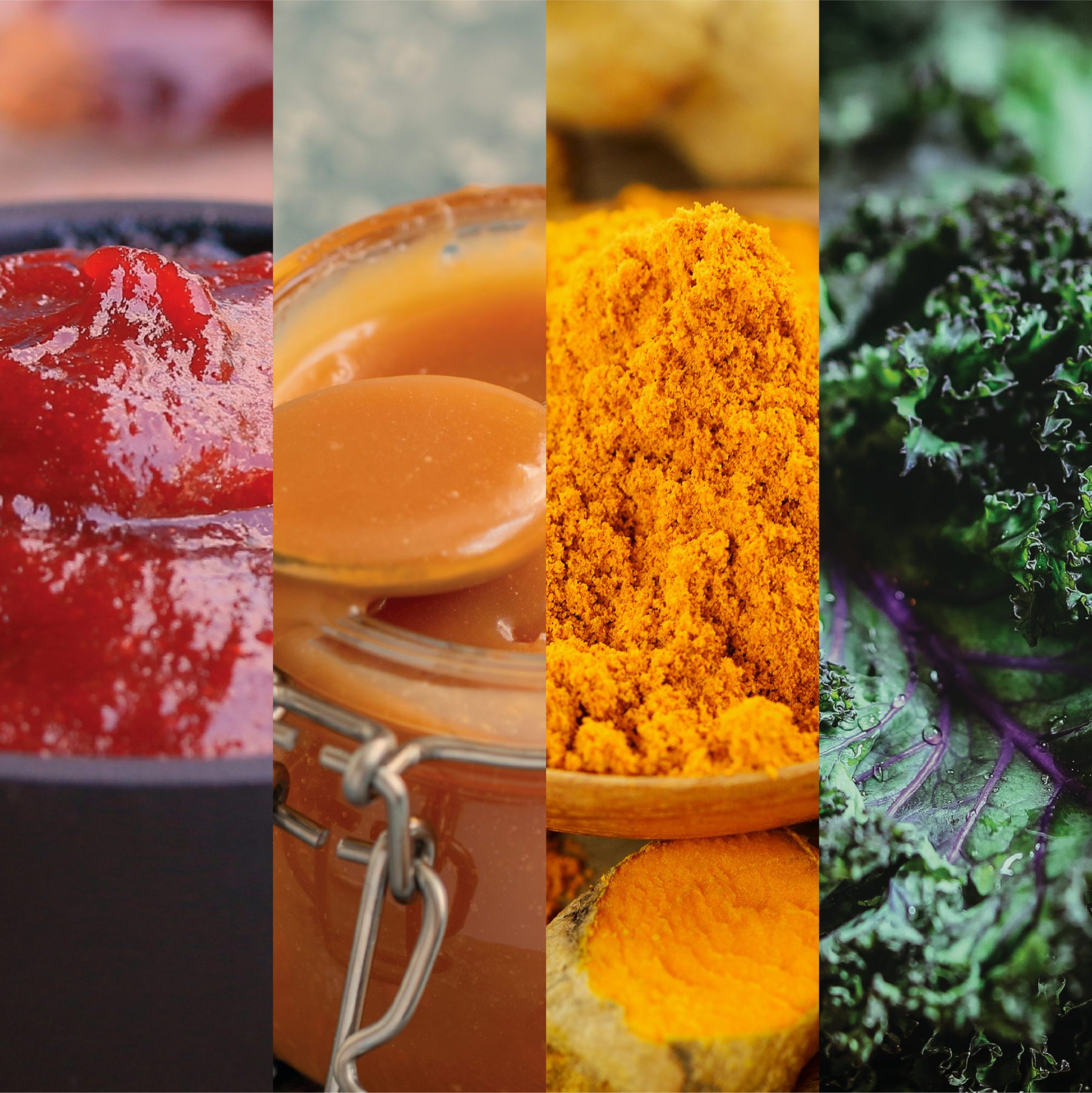- Solutions
-
-
-
Solutions
Datassential is revolutionizing the way food and beverage companies plan for the future. Our market-leading solutions, from AI-powered innovation tools and predictive analytics to unmatched market intelligence and proprietary data, are trusted by the top food and beverage companies. We empower foodservice leaders to make simply smarter decisions.
-
-
- Datassential OneThe all-in-one food & beverage intelligence platform
- Food Industry InsightsAccess presentation-ready intelligence instantly
- Menu and ConsumerPersonalized and data-driven innovation and defense
- Chain BenchmarkingMeasure success factors and deliver what consumers want
- Sales IntelligenceDiscover new customers and boost your conversion rate
-
-
By Industry Role
- Food Manufacturers
- Distributors & Suppliers
- Operators
- Business Services
-
-
-
- Resources
-
-
-
Resources
We’re here to help you and your team confidently navigate each new moment. Explore our free industry-best resources, including reports with expert insights on food and beverage trends and COVID-19 impact, our monthly trends webinar, and more.
-
-
- Datassential 500: Top Restaurant ChainsThe annual Datassential 500 report ranks the largest restaurant chains in the United States.
- Food and Beverage TrendsYour one-stop shop for trends shaping the industry.
- European Food and Beverage ResourcesStay informed and ahead in today’s competitive European foodservice market.
-
-
- Company
-
-
-
Company
Datassential transforms data into craveable insights that are easily accessible, digestible, and inspirational. Learn more about the team and why we are so passionate about empowering the food and beverage industry.
-
-
-
 EN | English UK
EN | English UK DE | Deutsch
DE | Deutsch FR | Français
FR | Français IT | Italiano
IT | Italiano SP | Español
SP | Español



